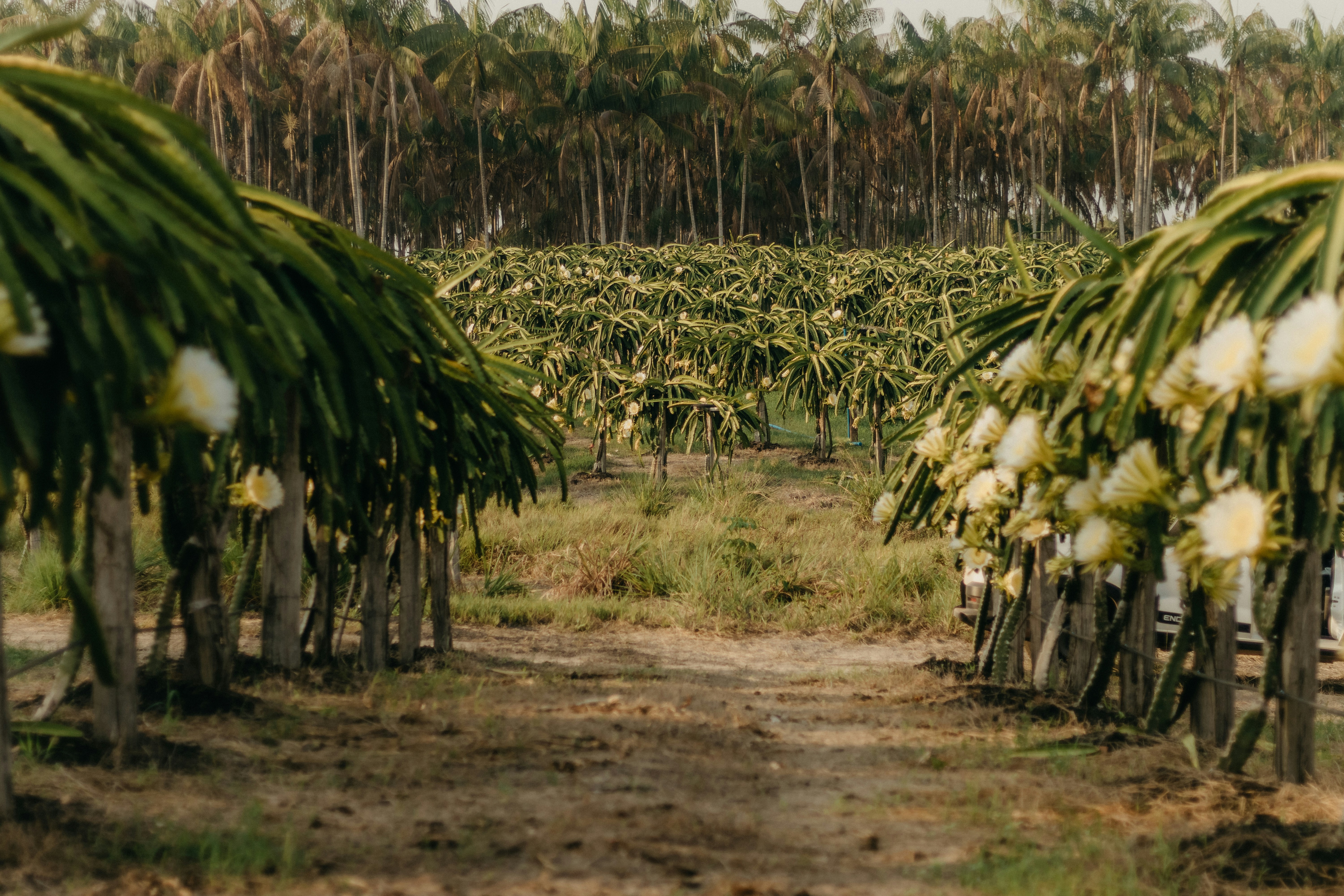A quick, farmer-friendly tool to assess soil health based on visible signs and farming conditions. Get insights on fertility, texture, moisture, and nutrient balance — all in minutes! Use it to plan better crop care and boost yields.
🌱 Soil Health Checklist
Comprehensive soil assessment tool for Indian farmers
💡 Daily Farming Tip
Use organic mulch to retain soil moisture and prevent erosion.
🌱 Soil Health Assessment
📝 Soil Observation Logger
📊 Saved Observations
🌾 Crop Suitability & Recommendations
Complete a soil assessment to get personalized crop recommendations.
🌿 Seasonal Farming Tips
🔍 Visual Nutrient Deficiency Guide
🟡 Nitrogen Deficiency
Symptoms: Yellowing of older leaves, stunted growth
Natural Treatment: Apply compost, green manure, or neem cake
🟣 Phosphorus Deficiency
Symptoms: Purple stems and leaves, poor root development
Natural Treatment: Apply bone meal, rock phosphate, or banana peels
🟤 Potassium Deficiency
Symptoms: Brown edges on leaves, weak stems
Natural Treatment: Apply wood ash, banana compost, or kelp meal
🟫 Iron Deficiency
Symptoms: Yellow leaves with green veins
Natural Treatment: Apply chelated iron or iron-rich compost
🟢 Magnesium Deficiency
Symptoms: Yellowing between leaf veins, leaf curling
Natural Treatment: Apply Epsom salt solution or dolomite lime
🟨 Calcium Deficiency
Symptoms: Leaf tip burn, blossom end rot in fruits
Natural Treatment: Apply crushed eggshells or gypsum
🔬 Simple Soil Tests You Can Do
💧 Jar Test for Soil Texture
Method: Fill jar 1/3 with soil, add water, shake, let settle for 24 hours
Result: Bottom layer = sand, middle = silt, top = clay
🌡️ pH Test with Vinegar & Baking Soda
Method: Add vinegar to soil sample. If it fizzes, soil is alkaline. Add baking soda to another sample. If it fizzes, soil is acidic.
💪 Percolation Test
Method: Dig hole 30cm deep, fill with water, time how long it takes to drain
Good drainage: 1-3 hours | Poor drainage: > 24 hours
📋 Generate Soil Health Report
Complete a soil assessment to generate a detailed PDF report.
🌤️ Weather & Farming Advice
Current Weather
5-Day Forecast
Weather-Based Farming Advice
📤 Data Export & Import
Export Data
Export your soil health data for agricultural extension services or backup
Import Data
Import soil health data from extension services or other sources
Data Summary
Disclaimer
This assessment provides general guidance based on common symptom patterns. It should not be considered a replacement for professional agricultural advice. Always consult local experts and account for region-specific environmental factors.






